耤
“藉”的古字。
耤
读音j·i(ˊ),为i韵目,属i—er韵部。秦昔切,入,昔韵。
❶税;租税。同“藉”。
❷借;借助。
❸耤田,即天子亲耕之田。
耤jí
❶〈文〉帝王亲自耕种、用来劝导人们勤于农业的田。这种田平时是征用民力来耕种的。
❷〈文〉田地的租税。
❸用于水名、地名。如:耤河(水名)、耤口(地名),均在甘肃。
耤ji
C263
与“藉”同。1.古代天子亲耕的田:天子亲载耒耜……躬耕帝~(《礼记》)。2.借助:以躯~友报仇(《汉书》)。
耤jí
[书] (帝王亲自耕种) (of an emperor) plough and sow (in person)
另见 see also jiè。
耤jí
14画 耒部
(1) 〈书〉 天子亲自耕种的田地。
(2) 地名用字: ~口(在甘肃)。
耤(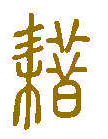 )
)
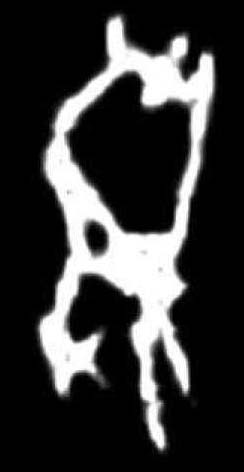
甲骨文合集9507正,殷
貞今我耤, 受㞢年。
按: 从丮从耒,會人持耒耜耕作之意。卜辭多用其本義。
甲骨文合集14正,殷
貞,乎雷耤于明。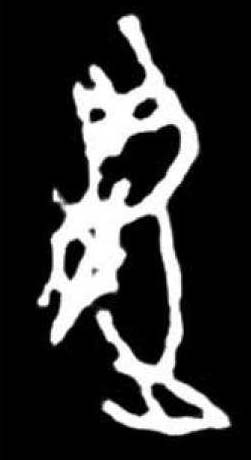
甲骨文合集9508正,殷
壬午卜,  , 貞乎
, 貞乎 耤……
耤……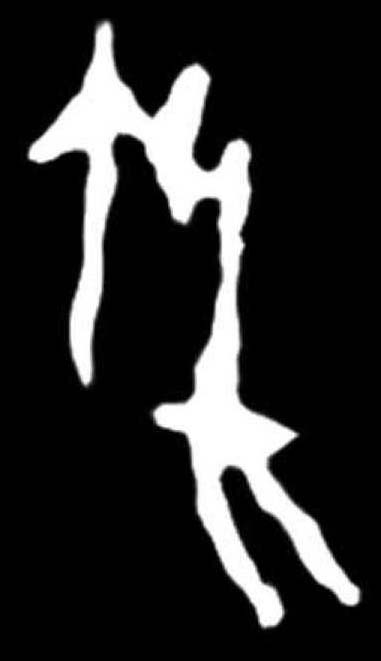
甲骨文合集5603,殷
己亥卜, 貞令 小耤臣。
小耤臣。
甲骨文合集9506,殷
[丙]子卜,乎……耤,受年。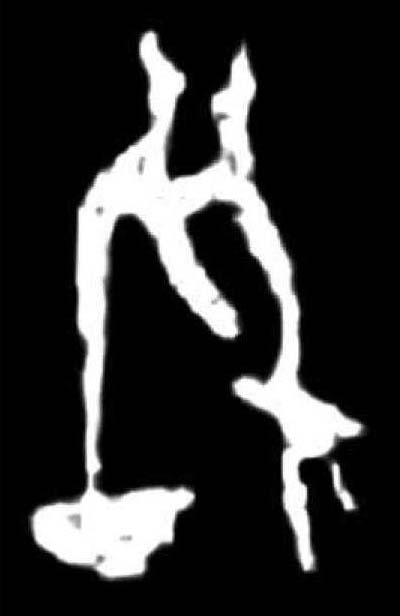
甲骨文合集13505,殷 眾
眾 圃耤于𡜍, 受年。
圃耤于𡜍, 受年。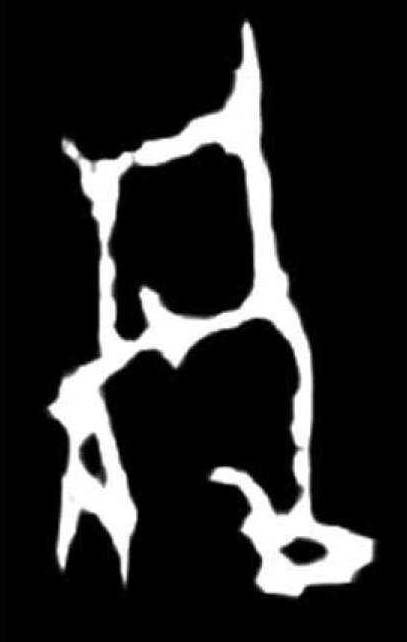
甲骨文合集9501,殷
己亥卜, 貞王往雈耤, 𢓊往。
甲骨文合集8,殷
□□卜,貞众乍耤不喪,[其]……
甲骨文合集8725,殷
其㞢耤。
按: 从耒昔聲。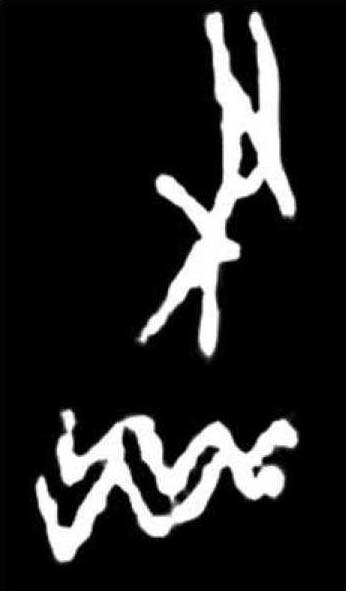
甲骨文合集626,殷
㞢耤。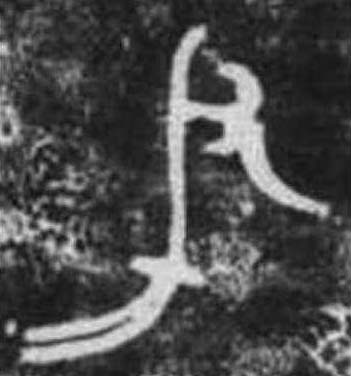
耒父丁卣,殷周金文集成4945,殷 (耤)父丁。
(耤)父丁。
按: 从又从耒,與从丮从耒同義。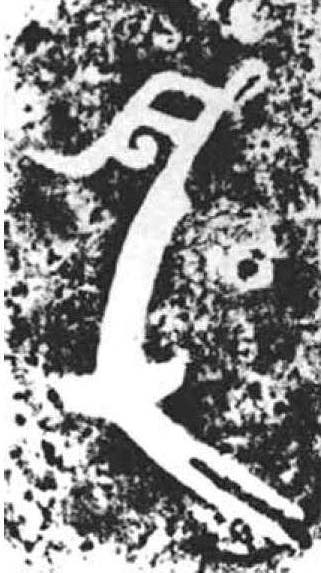
耤簋,殷周金文集成2969,殷
耤。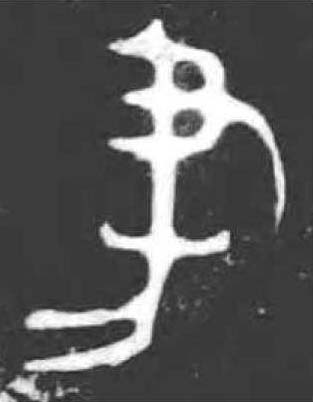
耤作父己簋,殷周金文集成3328,西周早期
耤乍(作)父己。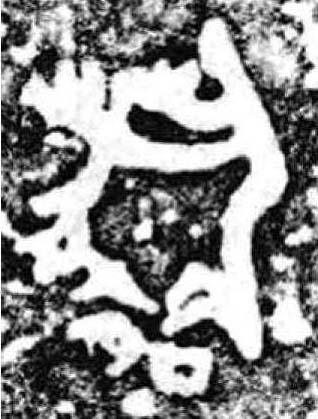
令鼎,殷周金文集成2803,西周早期
王大耤𤲆(農)于 (諆)田。
(諆)田。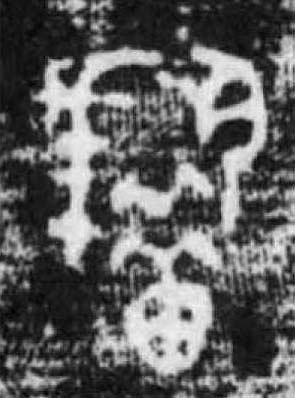
弭伯師耤簋,殷周金文集成4257,西周晚期 (榮)白(伯)内(入)右師
(榮)白(伯)内(入)右師 (耤),即立(位)中廷。
(耤),即立(位)中廷。
按: 用作人名。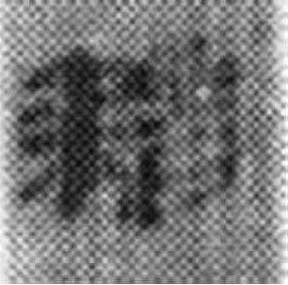
睡虎地秦墓竹簡·法律答問196,戰國至秦
耤(藉)牢有六署,囚道一署旞,所道旞者命曰“署人”,其它皆爲“更人”。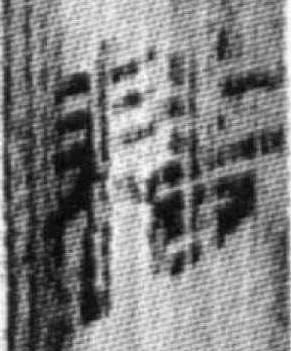
張家山漢簡·算數書151,西漢
術曰: 耤周自乘,以深乘之,十二成一。
《説文》: “耤,帝耤千畝也。古者使民如借,故謂之耤。从耒昔聲。”
《説文》所析“从耒昔聲”之構形, 可見於甲骨文, “ ”之下部即“昔”之省。然而甲骨文、金文亦多其他構形,或从丮从耒,會人持耒耜耕作之意; 或从又从耒,與从丮从耒同義; 或在从丮从耒構形上增加聲符“昔”。先秦以降,定型爲从耒昔聲。
”之下部即“昔”之省。然而甲骨文、金文亦多其他構形,或从丮从耒,會人持耒耜耕作之意; 或从又从耒,與从丮从耒同義; 或在从丮从耒構形上增加聲符“昔”。先秦以降,定型爲从耒昔聲。
耤.jpg) 甲
甲.jpg) 金
金.jpg) 篆
篆.jpg) 隶jí
隶jí
【析形】甲骨文字形为会意字,像人两手持耒翻土耕种之形。金文字形增声符昔。小篆字形将表意部分省略为耒,变作从耒、昔声的形声字。
【释义】《说文》:“帝耤千亩也。古者使民如借,故谓之耤。”本义是耤田,古代天子、诸侯征用民力耕种的田。每逢春耕前,天子、诸侯躬耕藉田,以示对农业的重视。传世古书写作“藉”。
【shape analysis】It is the pictophonetic character.In Oracle it is the associative character.It is shaped like ploughing and sowing with wooden handle in hands. In Bronze Inscriptions, 昔(xī)was added to it. In Small Seal script, the meaning part was simplified to 耒(lěi), together with昔,the character become a pictophonetic character.
【original meaning】 Plowing field, which is the field which the ancient emperors and vassals commanded civilians to work on. Before the time of spring ploughing, Emperor and vassals would plow and sow by themselves to show their highlight on farming.
耤dzjiak
[甲骨]
[金文]
[小篆] 《說文》:  , 帝耤千畝也。古者使民如借,故謂之藉。从耒,昔聲。(四篇下)
, 帝耤千畝也。古者使民如借,故謂之藉。从耒,昔聲。(四篇下)
足踏耒以耕田狀。
- K002204 回忆湘赣苏区是什么意思
- K002205 华北抗日根据地纪事是什么意思
- K002206 中央革命根据地史是什么意思
- K002208 大青山抗日游击根据地资料选编是什么意思
- K002209 中央革命根据地史稿是什么意思
- K002210 苏中抗日斗争是什么意思
- K002211 闽浙赣革命根据地史料选编是什么意思
- K002212 太行革命根据地史稿是什么意思
- K002213 中央革命根据地史料选编是什么意思
- K002215 浙东抗日根据地是什么意思
- K002216 苏南抗日斗争史稿是什么意思
- K002217 江西苏区史是什么意思
- K002218 苏南抗日根据地是什么意思
- K002219 井冈山革命根据地是什么意思
- K002220 井冈山革命根据地研究是什么意思
- K002221 淮南抗日根据地是什么意思
- K002222 鄂豫皖革命根据地斗争史简编是什么意思
- K002223 闽西革命根据地史是什么意思
- K002224 川陕革命根据地史是什么意思
- K002225 湘鄂西革命根据地史是什么意思
- K002226 广东革命根据地选论(1927—1937)是什么意思
- K002227 海陆丰革命根据地研究是什么意思
- K002229 山东抗日根据地是什么意思
- K002230 苏北抗日根据地是什么意思
- K002232 粤赣湘边区革命史料是什么意思
- K002233 左右江革命根据地是什么意思
- K002234 太岳革命根据地纪事是什么意思
- K002235 晋察冀抗日根据地是什么意思
- K002236 渭北革命根据地是什么意思
- K002237 皖江抗日根据地是什么意思
- K002239 苏中抗日根据地是什么意思
- K002240 华北抗日根据地史是什么意思
- K002241 神府革命根据地是什么意思
- K002242 八路军总部在麻田是什么意思
- K002243 陕甘宁边区抗日民主根据地是什么意思
- K002245 陕甘宁边区政权建设史是什么意思
- K002248 陕甘宁边区革命史是什么意思
- K002249 鄂南抗日民主根据地史稿是什么意思
- K002252 淮北抗日根据地是什么意思
- K002256 印度对华战争是什么意思
- K002258 中国社会主义时期史稿是什么意思
- K002259 抗美援朝纪实是什么意思
- K002260 新中国纪事(1949—1984)是什么意思
- K002261 中国当代史问答一百题是什么意思
- K002264 十年改革大事记(1978—1987)是什么意思
- K002265 凯歌行进的时期是什么意思
- K002266 中华人民共和国史是什么意思
- K002267 中华人民共和国史是什么意思
- K002271 中华人民共和国主要事件人物是什么意思
- K002272 中华人民共和国四十年成就事典是什么意思
- K002273 湘西剿匪是什么意思
- K002274 中华人民共和国史是什么意思
- K002276 中华人民共和国简史是什么意思
- K002277 中华人民共和国40年大事记是什么意思
- K002278 中华人民共和国史稿是什么意思
- K002279 创业之路是什么意思
- K002280 中华人民共和国史词典是什么意思
- K002281 改革开放的历程是什么意思
- K002282 大动乱的年代是什么意思
- K002283 曲折发展的岁月是什么意思